Happy New Year’s Eve, and welcome to another installment of our ‘Galactic Style Guide counterpoint’ subseries, where we help you strengthen your ‘Star Wars eye’ by highlighting and remedying common costuming faux pas that can make an outfit look Not Star Warsy. As part of the GSG, the ultimate goal is still to help you create a more accurate ‘outer persona’ – but we approach the goal from the opposite direction!
Although notably absent in the original film (and the Prequels), the pieces of wearable technology discussed in this early Style Guide entry have become nearly ubiquitous in the post-Disney era and among the casual costuming/Batuu-bounding communities. These devices’ purposes have been inconsistently identified, but most sources suggest they are either communication devices or personal transponders—think a wearable ‘Personal Locator Beacon’. (These differ from the plaques worn by Imperial and Rebel officers throughout the Original Trilogy, which clearly served to denote the wearer’s rank, and about which this article is not concerned!)
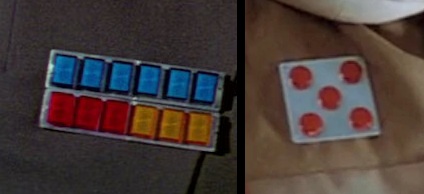
Despite being fairly limited in the visual record, “jacket greeblies” are frequently relied on by costumers to add ‘GFFA spice’ to an outfit, and the proliferation of 3D printing in the last decade has unleashed a flood of fan-made iterations of these wearable doodads. However, not all fan-made greeblies are created equal, so I wanted to try and ‘crack the code’ to see what makes the onscreen examples ‘work’ and some fan designs work…not so well.
It is important to note that when they show up in Episodes V and VI, we really only see these devices worn by Rebel Alliance personnel (with one possible underwhelming exception). If we look at our samples, we note that those from Empire are constructed in a different manner than those seen in Jedi: while they were kitbashed originally, the pieces worn onscreen were resin casts (Alinger, 86), which is perfect for outfitting dozens of background troops but limits the amount of detail seen on the final product:
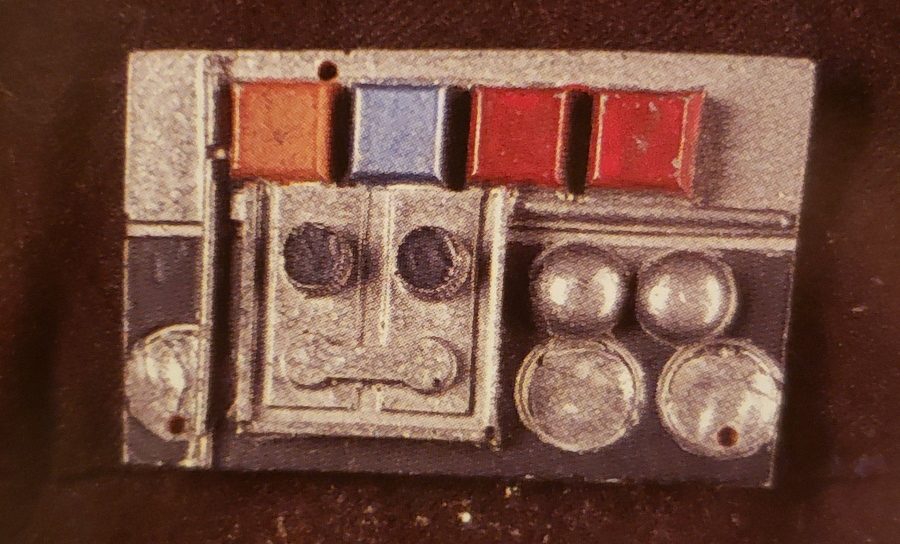
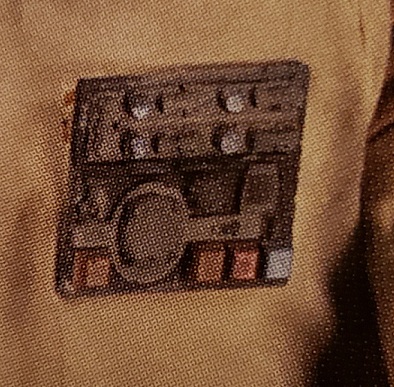
Meanwhile, the rebel badges seen in Episode VI appear purely kitbashed using small, intricate model or electronics components, with little of the smooth details or brightly-colored buttons seen earlier:
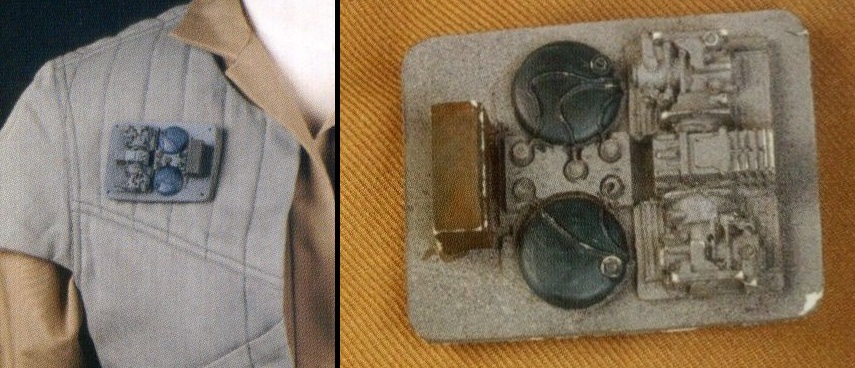
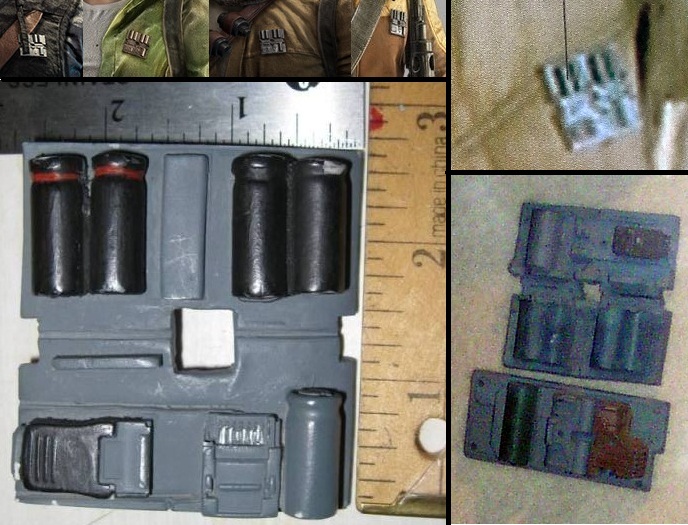
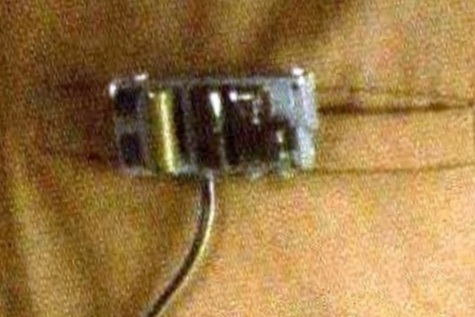
Admittedly, five (six if we include Ackbar’s lower bar) is a fairly small pool from which to draw conclusions or extrapolate a ‘design language’. However, close examination will reveal some general trends:
-Badges are typically divided into two sections (blue lines), and/or parts within a single section are symmetrical on some axis (yellow lines).
-Entire designs do not appear totally random.
-Empty space is minimal, but all elements are roughly the same size and the space is not dominated by any single element.
-General thickness of components appears to be about 1 centimeter, and extreme height differences between those within a badge appear minimal
–There is noticeable contrast between components and the substrate
-Non-neutral colors are primaries (Red/Blue/Yellow) only:
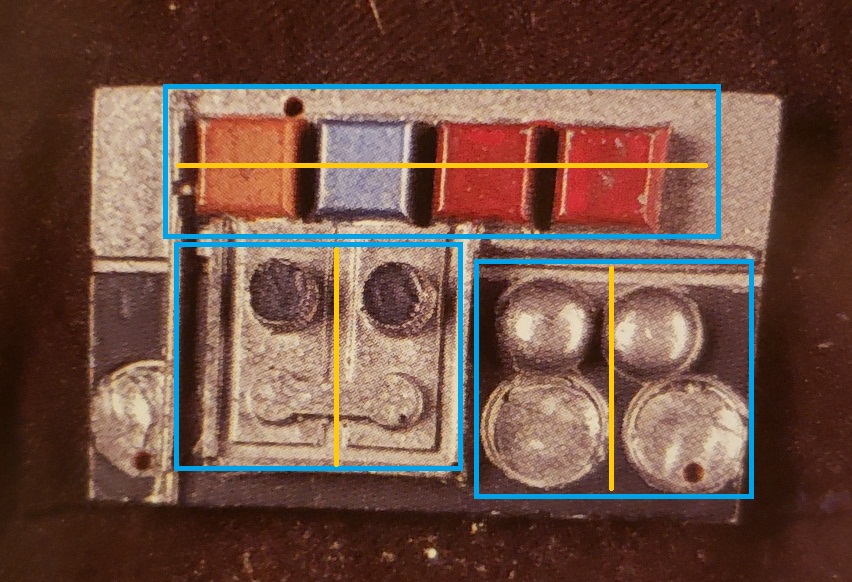
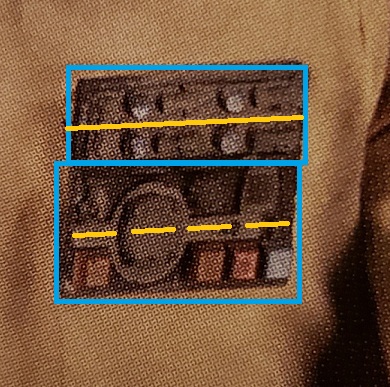
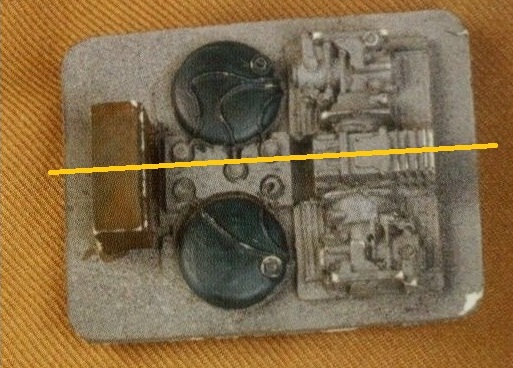
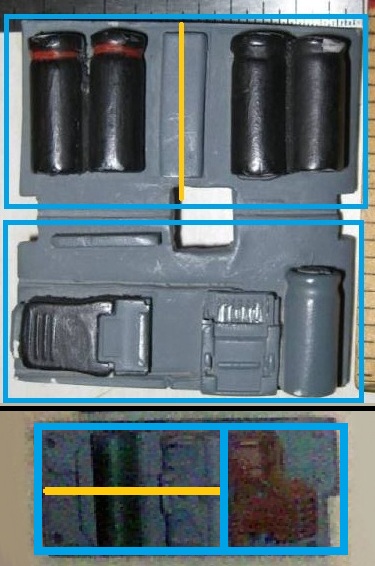
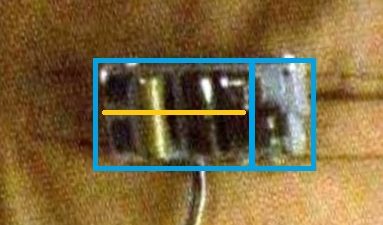
We can apply these guidelines to the more frequent greeble badges seen in post-Disney material to see how they compare. (As these are somewhat outside my wheelhouse, I would appreciate any additions to my reference library!)
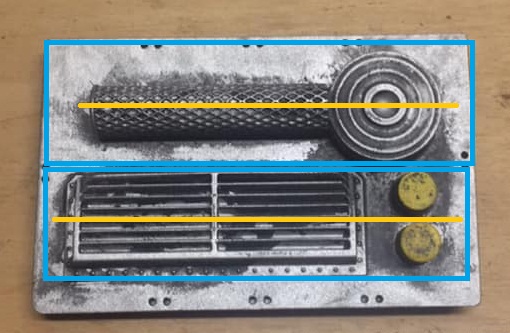
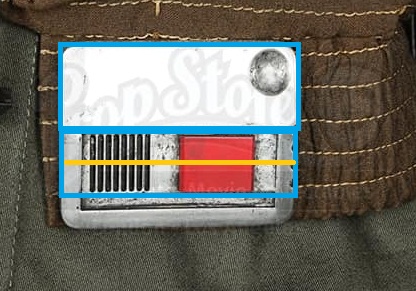
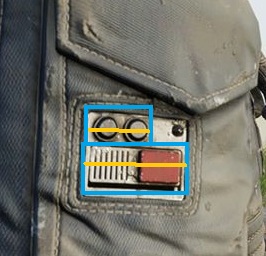
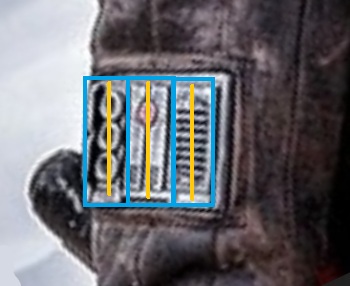
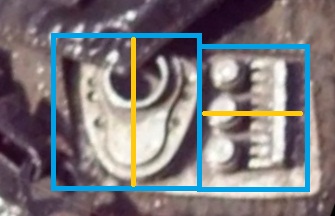
Melshi’s greeble design in Rogue One is kind of a mess…overly busy without being very interesting:
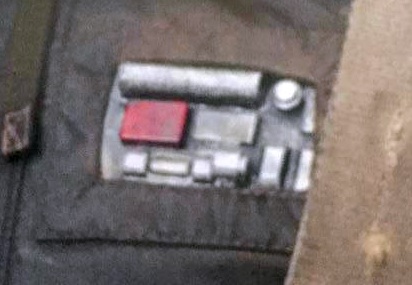
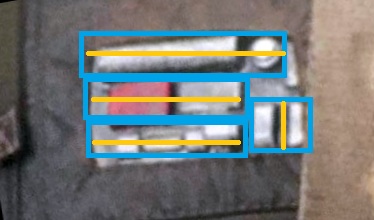
This one is pretty underwhelming due to the simplicity and lack of detail/height contrast on the right component:
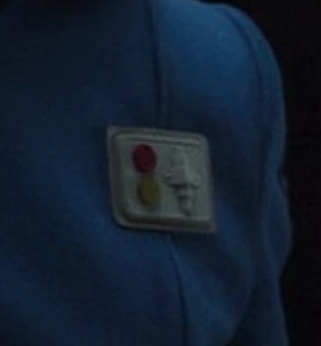

Regardless of production era, there are some things we do not see in any onscreen greeble badges:
- components set at anything other than right angles*
- tiny components mixed with large components
- conspicuously asymmetric perimeters
- TEXT of any sort (Aurebesh or ‘high galactic’)
- factional branding of any kind: starbirds, mythosaurs, Jedi crests, Imperial cogs, ‘bounty guild’ sigils, corporate logos, etc!
- deep ‘vents’ or ‘turbines’: any perforated components (only seen in post-Disney examples) are only shallow ‘speaker grills’
- wires or ‘network connections’ between components
- Antennae
- any colors beyond red, blue, and yellow.
- visible printed filament lines!
*Were it made today, I believe that an idealized Hoth #1 greeble would probably look more like this):
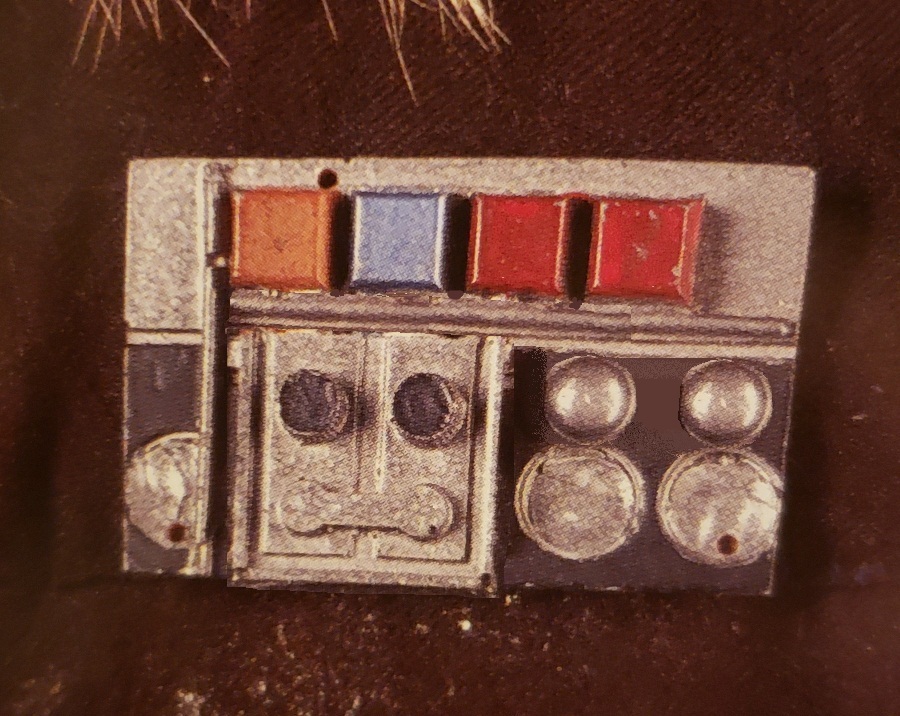
While production on a core Trilogy film requires some creative corner-cutting to create dozens of these devices, for those building original greeblies for themselves or small groups, there’s no reason to not take care and make sure your greeble badge isn’t the best it can be! In the spirit of fresh beginnings for 2023, I hope that these guidelines for good greeble design will help you create your own doodads that better fit into the galactic aesthetic.
Did I miss something? Are there any examples that throw a spanner in my conclusions? Let me know in the comments, or come discuss with us at the SWLH facebook community! See you next year!
ADDENDUM:
I recently received a picture of a greeble badge included on a camouflage ‘Rebel-style’ poncho sold at the Disney parks. Can you identify which of our above criteria this example doesn’t follow?
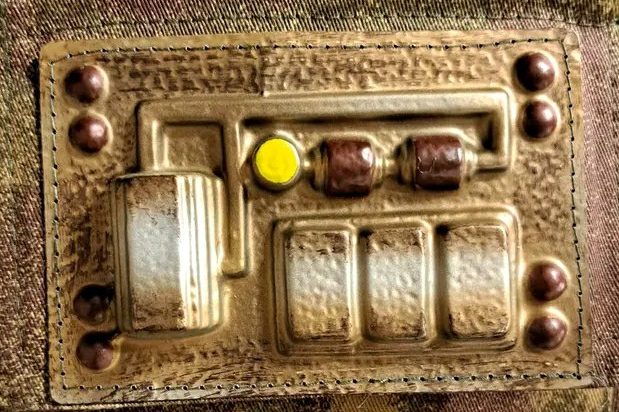
As the name of the living-history game is ‘keep it common and follow the rules, not the exceptions’, this an aberrant example should not be emulated!
Examining sources, compiling my research, and writing this site takes a lot of time and energy. If you’ve enjoyed reading, have learned something from this post, or will use it as inspiration for your own costume greeblies, please consider supporting my work with a small donation below! Thank you!
Make a one-time donation
Make a monthly donation
Choose an amount (US dollars only – unfortunately, I cannot currently accept Republic credits 😉
Your contribution is greatly appreciated and will help me continue to bring you high-quality content like this post!
(Alternately, you can support my work via ko-fi as well.)
Your contribution is greatly appreciated and will help me continue to bring you high-quality content like this post!
(Alternately, you can support my work via ko-fi as well.)
